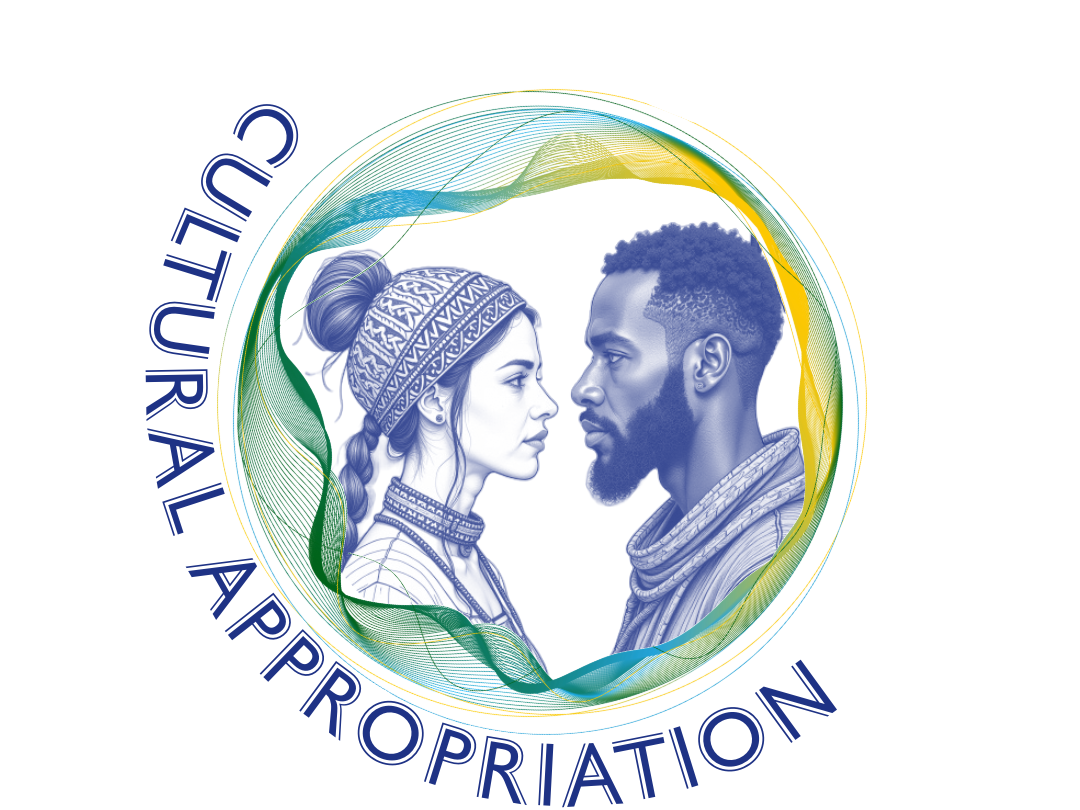How Identity and Economics Shape Voting Choices
November 22, 2024
Why do some voters rally passionately behind a candidate while others remain disengaged or vote against their own apparent interests? What drives someone to choose stability over change—or vice versa—when casting their ballot? The answer lies at the intersection of psychology, economics, and identity.
Every election is a reflection of how individuals perceive themselves, their economic realities, and their power—or lack thereof—to influence the world around them. From concerns about inflation and healthcare to deeply held cultural values, voters make decisions that often mirror their inner conflicts and aspirations. But how much do these self-perceptions and priorities shape political behavior, and what can they tell us about the future of democracy?
This study dives into the psychological and economic factors that drive voting choices, exploring how self-conception, societal feedback, and economic concerns collide to shape electoral decisions. By unraveling this intricate relationship, we gain deeper insight into what compels voters to act—and what might influence the next big shift in the political landscape.
The Psychological Lens: Identity and Social Perception
George Herbert Mead’s concept of the self, divided into the spontaneous "I" and the socially aware "Me," offers a powerful framework for understanding voting behavior. Voters navigate the tension between their personal beliefs and their role as participants in a collective society (Society in Focus: An Introduction to Sociology, 2016, pp. 90-92). For example, a voter might support progressive policies on climate change ("I") but feel pressured by their community to prioritize more immediate concerns, such as local economic issues ("Me").
The "looking-glass self," developed by Charles Horton Cooley, further explains how individuals form self-concepts based on perceived societal feedback (Society in Focus: An Introduction to Sociology, 2016, pp. 90-92). This dynamic manifests during elections as voters align with candidates who affirm their identity. Candidates’ ability to signal shared values through their platforms or public personas plays a crucial role. For instance, voters who feel marginalized or misunderstood may support candidates who vocally challenge the establishment or represent "outsider" perspectives.
Theories of person perception deepen this understanding by showing how voters process political figures based on affective and motivational biases. As research indicates, emotionally charged cues—such as expressions of empathy, authenticity, or strength—can override rational analysis (Kuzmanovic et al., 2013). This explains why voters often prioritize "trustworthiness" or "relatability" in candidates, even when these traits may not correlate with their ability to govern effectively.
Economic Realities: A Lens of Practical Concern
Economic considerations are consistently among the most significant factors influencing voter behavior. Gallup’s 2024 survey highlights inflation, healthcare affordability, and crime as top concerns for Americans, with 55% of respondents worrying "a great deal" about inflation (Gallup Poll Social Series: Environment, 2024). Such economic anxieties often translate into support for candidates promising immediate solutions, regardless of long-term viability.
Interestingly, economic issues are frequently intertwined with cultural and identity-based concerns. Immigration, cited by 28% of respondents as the nation’s most pressing problem, is both an economic and cultural issue (Gallup Poll Social Series: Environment, 2024). Voters often perceive immigration policies through the lens of job competition or strain on public resources, tying broader national challenges to their personal economic security.
Additionally, perceptions of economic inequality, such as the gap between rich and poor, remain a persistent undercurrent in voter concerns. These issues resonate most strongly among lower-income or less-educated voters, who often feel that their economic struggles are overlooked by political elites (Gallup Poll Social Series: Environment, 2024). This dynamic has fueled populist movements on both sides of the political spectrum.
Political Efficacy and Voting Behavior
Political efficacy—the belief that one’s actions can influence government—profoundly shapes voter engagement and turnout. Pew Research data reveals that individuals with high political efficacy are more likely to view voting as meaningful and align with candidates who address their concerns (Pew Research Center, 2015). However, this sense of efficacy is not evenly distributed.
Demographics such as education, age, and race influence political efficacy. For example, highly educated individuals are more likely to feel their vote has an impact, while younger and less politically engaged voters often feel alienated from the process (Pew Research Center, 2015). This alienation can lead to apathy, reducing voter turnout among key demographic groups.
Among those who do vote, perceptions of efficacy often influence candidate preference. Voters who feel their concerns are ignored by traditional political structures may gravitate toward outsider candidates who promise systemic change. Conversely, those who perceive the system as responsive may prefer candidates who advocate for incremental reform.
Psychological-Economic Intersection
Psychological self-concepts and economic realities are deeply intertwined in shaping voting behavior. Voters do not separate their personal identity from their financial circumstances; instead, they evaluate political candidates based on how well their platforms address both. For instance, economic concerns such as inflation and healthcare affordability often intersect with broader cultural fears about immigration or national security (Gallup Poll Social Series: Environment, 2024; Doherty, Kiley, & Deane, 2024).
This intersection is particularly evident in the support for former President Donald Trump, whose voter base consistently prioritized issues like economic growth and immigration enforcement. Trump supporters also valued decisive leadership, as seen in their willingness to accept the use of executive orders to bypass congressional gridlock (Doherty, Kiley, & Deane, 2024). These preferences highlight how voters integrate psychological needs—such as a desire for strong leadership—with practical economic concerns.
Conclusion and Future Predictions
The relationship between self-perception, economic priorities, and political efficacy is both dynamic and predictive of future electoral trends. As economic pressures such as inflation and income inequality persist, voters are likely to continue prioritizing candidates who promise tangible solutions to these problems. Simultaneously, cultural and identity-based issues will remain central, as voters seek representation for their values and social identities.
Looking ahead, we can expect the following:
Rising Influence of Economic Insecurity: As economic volatility increases, voters will favor candidates who address cost-of-living concerns and healthcare affordability with clear, actionable plans.
Continued Polarization on Cultural Issues: Immigration and identity politics will remain divisive, with each side framing these issues through its own economic and cultural lens.
Increased Focus on Political Efficacy: Campaigns that empower voters and demonstrate responsiveness to their concerns will gain traction, particularly among younger and historically disengaged demographics.
Impact of Emerging Technologies: The role of social media and AI in shaping voter perceptions will grow, amplifying both rational arguments and emotional appeals.
By understanding the intricate interplay between psychological self-concepts, economic concerns, and political efficacy, political leaders and analysts can better anticipate the needs and motivations of the electorate. Addressing these factors holistically will be crucial for fostering greater civic engagement and bridging the growing divides in American society.
References
Society in Focus: An Introduction to Sociology. (2016). 8th edition. Rowman & Littlefield Publishers, Incorporated. ISBN-13: 978-1442255975. pp. 90-92.
Gallup News Service. (2024). Gallup Poll Social Series: Environment – March 2024 Results.
Doherty, C., Kiley, J., & Deane, C. (2024, November 13). What Trump supporters believe and expect. Pew Research Center. Retrieved from https://www.pewresearch.org/short-reads/2024/11/13/what-trump-supporters-believe-and-expect/
Pew Research Center. (2015, November 23). Beyond distrust: How Americans view their government – Perceptions of the public’s voice in government and politics. Retrieved from https://www.pewresearch.org/politics/2015/11/23/8-perceptions-of-the-publics-voice-in-government-and-politics/
Kuzmanovic, B., Jefferson, A., Bente, G., & Vogeley, K. (2013). Affective and motivational influences in person perception. Frontiers in Human Neuroscience, 7, 266. https://doi.org/10.3389/fnhum.2013.00266
____________________________________________________
Copyright Notice & Intellectual Property Rights
This article is the intellectual property of Vesselina Davenport and is protected by copyright law. All content, including text, analysis, and multimedia, is owned by the author unless otherwise indicated. Unauthorized reproduction, distribution, or transmission of any portion of this article is strictly prohibited without prior written consent from the author, except in cases of non-commercial use permitted under fair use provisions.
Citations and Sources
This article draws from publicly available information, including but not limited to Society in Focus: An Introduction to Sociology and its exploration of self-concept and social interaction (Society in Focus, 2016), Kuzmanovic et al.'s investigation into the affective and motivational influences on person perception (Kuzmanovic et al., 2013), and Pew Research Center reports analyzing public perceptions of political efficacy and voter priorities (Pew Research Center, 2015; Doherty, Kiley, & Deane, 2024). Additionally, data from the Gallup Poll Social Series: Environment (2024) was utilized to examine economic concerns influencing voter behavior. All external sources are accurately cited, with complete references provided for verification. To reference this article, please attribute it to the original author and include a link to the full content.
Any third-party quotes, excerpts, or materials included are used for educational and informational purposes under the fair use doctrine. All third-party content remains the property of its respective copyright holders.
Fair Use Disclaimer
Any third-party quotes, excerpts, or materials included in this article are used for educational and informational purposes under the fair use doctrine. All third-party content remains the property of its respective copyright holders.
Permission for Reuse
Portions of this article may be shared or quoted with appropriate credit to the author and a link to the original content. Any commercial use or modifications require prior written consent from the author.
Article Updates
This article may be periodically revised. Updates or modifications will be reflected on this page. Please check back to access the most current version.
All Rights Reserved | Vesselina Davenport | 2024




